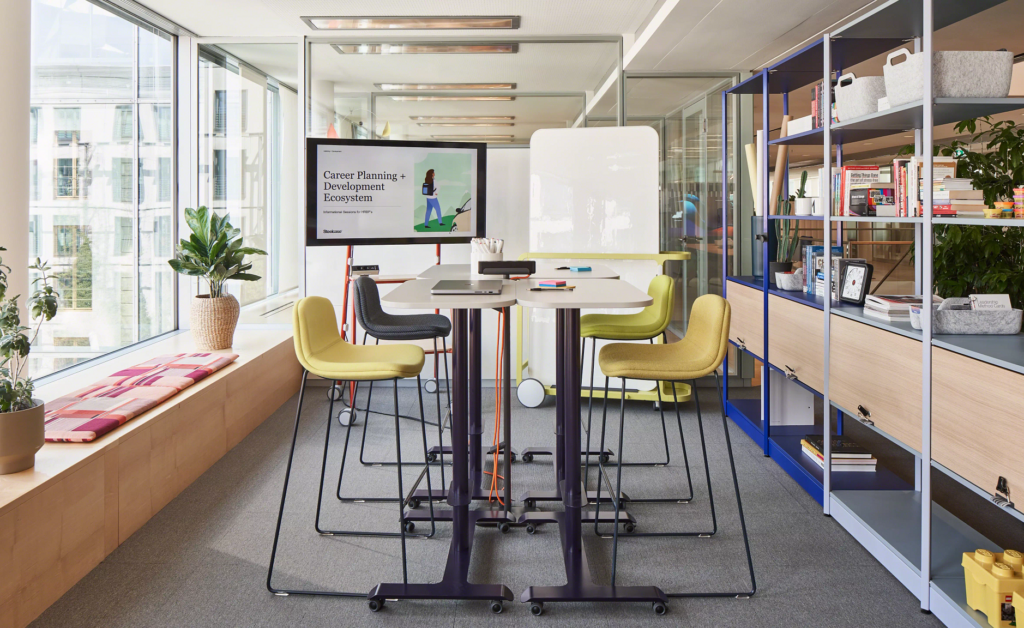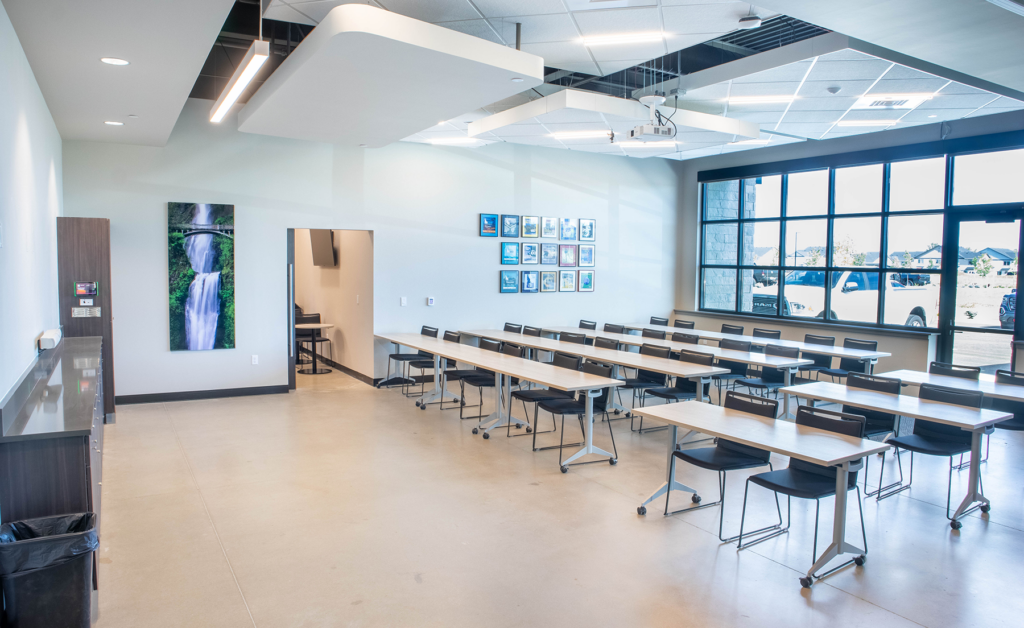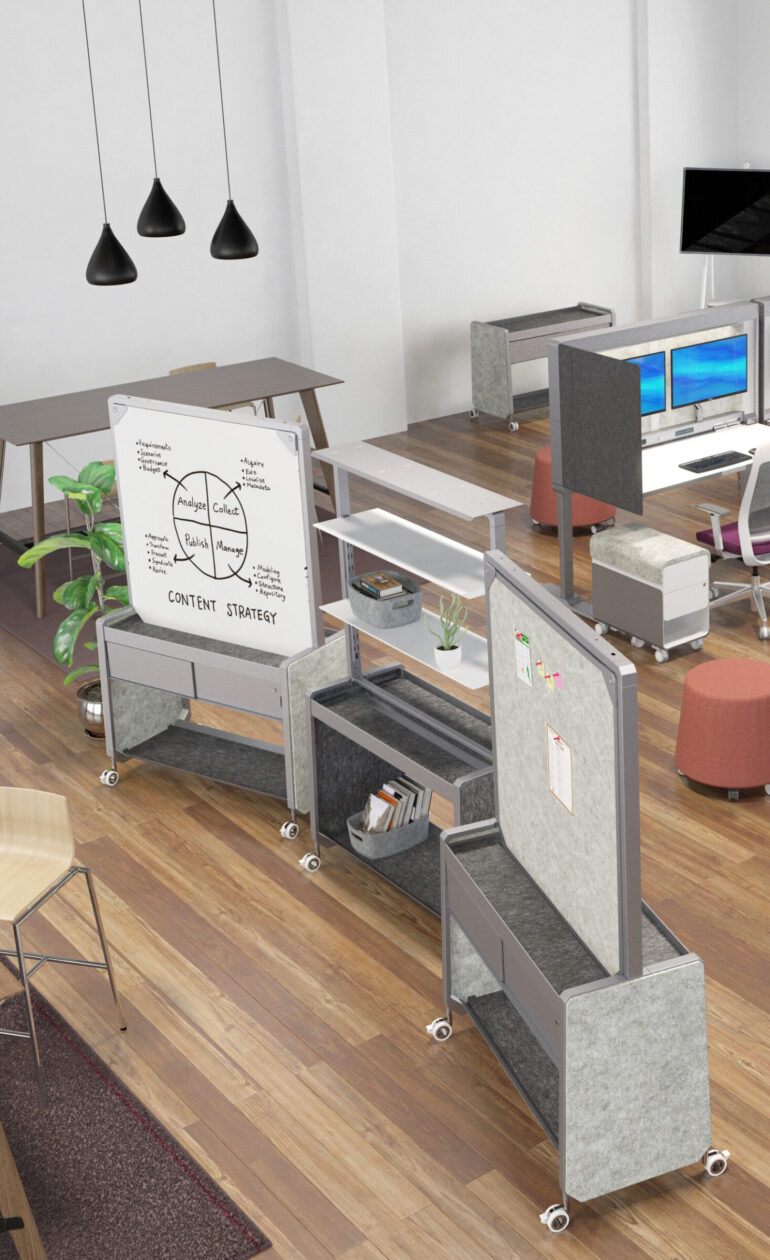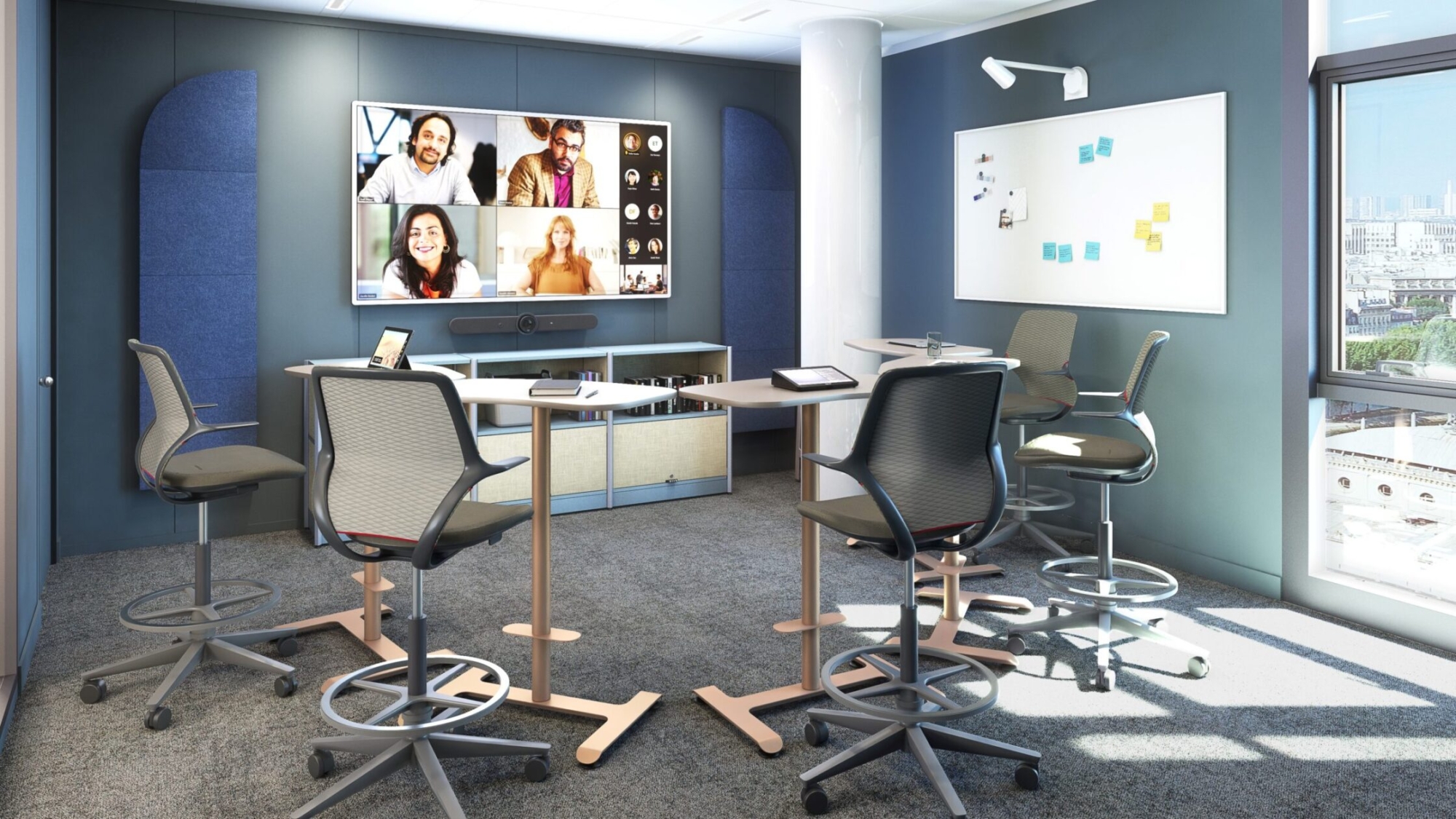The rise of remote and hybrid work combined with a changing economy has transformed how businesses operate, particularly regarding office space. With more employees working from home and the increasing popularity of hybrid work models, many companies are downsizing their office space to reduce costs and adapt to new work styles.
General Trends in Office Downsizing
- Increased Remote Work: The shift towards remote work has allowed many companies to significantly reduce the need for traditional office space. Companies no longer need to maintain large offices for a workforce that primarily operates remotely.
- Hybrid Work Models: As businesses adopt hybrid work models, they require less office space per employee due to employees frequenting the office less. Many companies have moved to flexible work schedules where employees rotate between working from home and coming into the office.
- Cost Reduction: Downsizing office space can lead to substantial savings in rent, utilities, and maintenance. These savings are often redirected towards enhancing remote work capabilities or investing in collaborative technologies.
- Focus on Collaboration: Even as office space shrinks, there’s a growing emphasis on creating collaborative and flexible spaces. When employees do come into the office, they need spaces primed to support collaborative work. Businesses recognize this need and are beginning to shift toward creating spaces that foster teamwork and creativity.
Strategies for Shrinking Square Footage
As companies rethink their office space needs, several strategies have emerged:
- Activity-Based Working: Providing different workspaces for various tasks, such as focus rooms, collaboration areas, and quiet zones, allows employees to choose the environment that best suits their needs.
- Office Redesign: Optimizing existing space through layout changes and flexible furniture solutions can make a smaller office more functional and efficient.
- Reservable Rooms: By using reservation technology, companies are making different spaces reservable ahead of time, or on the spot, for hybrid workers. That includes, desks, focus rooms, and collaboration spaces.
Trends in Workplace Design
As office spaces shrink, workplace design trends are evolving to meet new demands:
- Increased Flexibility: There’s a growing preference for spaces that can adapt to various work styles and meeting formats. Multipurpose rooms are becoming more common and replacing traditional conference rooms. These new spaces allow for different types of activities in the same space.
- Technology Integration: Modern office spaces often incorporate advanced technology for virtual meetings, presentations, and collaboration, making it easier for remote and in-office employees to work together.
- Space Optimization: Companies are focused on maximizing space utilization. Multipurpose rooms, which can serve multiple functions, are a popular solution for achieving this goal.
Data That Will Help You Plan Your Space Better

To ensure that your office space is optimized, consider investing in workplace analytics to track the following:
- Room Utilization: How often is each room booked and used? This data can help identify which spaces are most valuable and which are underutilized. If you discover a room is being underutilized, you can transform it into something that will better meet your organization’s needs.
- Room Purpose: What types of meetings or activities occur in each room? Understanding how rooms are used can inform future design decisions.
- Room Size and Amenities: What size and features are most popular? This information can guide investments in new furniture or technology.
- Employee Satisfaction: How do employees rate the different types of rooms? Employee feedback is crucial for creating spaces that meet their needs.
Benefits of Multipurpose Conference Rooms
According to recent trends, multipurpose conference rooms are growing in demand. Compared to traditional conference rooms, they offer several advantages:
- Cost Efficiency: These rooms require less space than having separate rooms for different purposes, leading to cost savings.
- Improved Utilization: Multipurpose rooms can be used for various activities, reducing idle time and ensuring that the space is always in use. Now meetings, training, or brainstorming sessions can happen in the same place with equal support.
- Enhanced Collaboration: Flexible spaces foster creativity and teamwork, making it easier for employees to collaborate effectively.
Products Built for Collaboration
Investing in the right tools and furniture can significantly enhance the functionality of a downsized office:
- Microsoft Hub: This mobile screen allows you to connect with remote participants with one touch and move them around the room, making them feel more involved in the discussion. It is also perfect for presentations in various settings.

- Flip Top Tables: These tables on casters can be easily moved or stowed away, providing flexibility in how a room is used.

- Whiteboarding Solutions: Products like the Flex Markerboard or Amobi cart allow teams to brainstorm and collaborate, even in small spaces.

Challenges and Considerations
While downsizing office space offers many benefits, it also presents challenges:
- Employee Satisfaction: Downsizing can impact employee morale if not managed carefully. Transparent communication and involving employees in the planning process can help mitigate negative effects.
- Company Culture: Maintaining a strong company culture in a smaller, more dispersed workforce can be challenging. Companies need to invest in tools and practices that keep remote and in-office employees connected.
- Technology: Investing in technology for remote collaboration and communication is essential to ensure that teams can work effectively regardless of their location.
Conclusion
As economies and work styles continue to evolve, businesses must adapt their office spaces to remain efficient and effective. Downsizing square footage in favor of hybrid models presents challenges, but by designing spaces that employees need and want, companies can create a productive and satisfying work environment. Utilizing workplace analytics, collaborative furniture, and advanced technology can help organizations optimize their office space and thrive in the new world of work. Just make sure to keep your employees in the loop along the way to achieve buy in and meet their needs.
Receive our Newsletter
To receive our newsletter, including new editions of spaces and other digital content, fill out the form:



